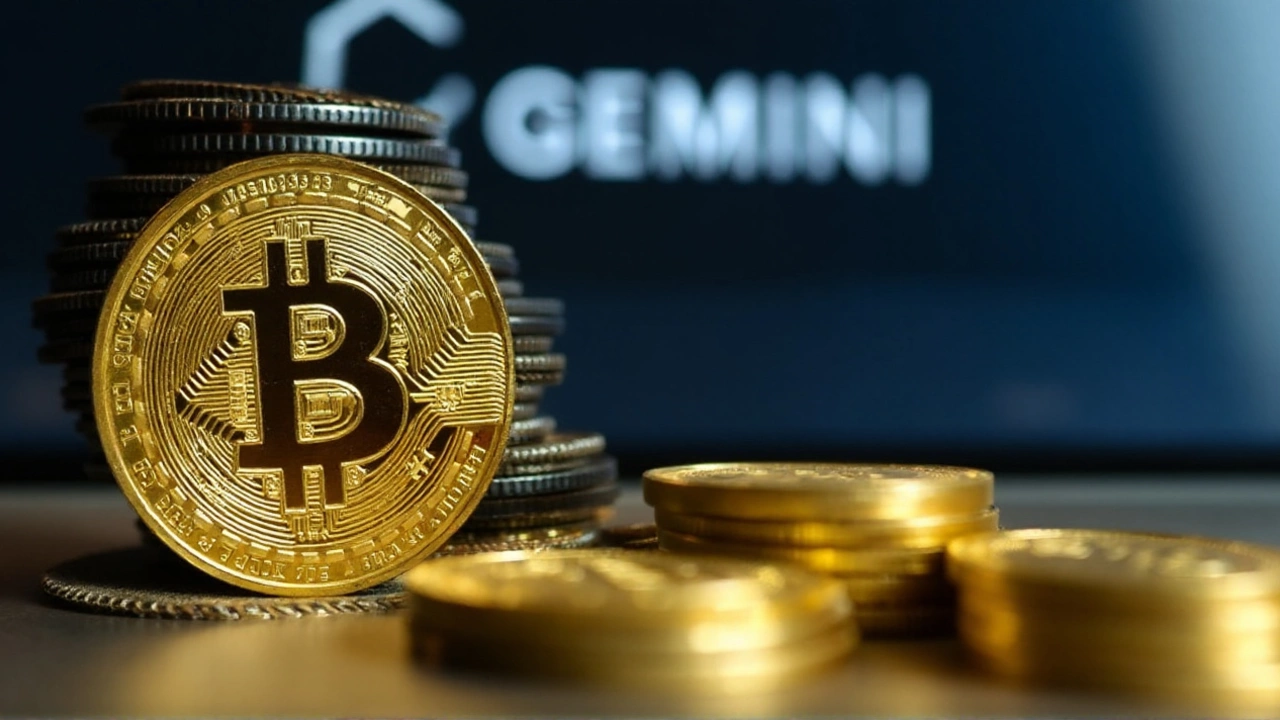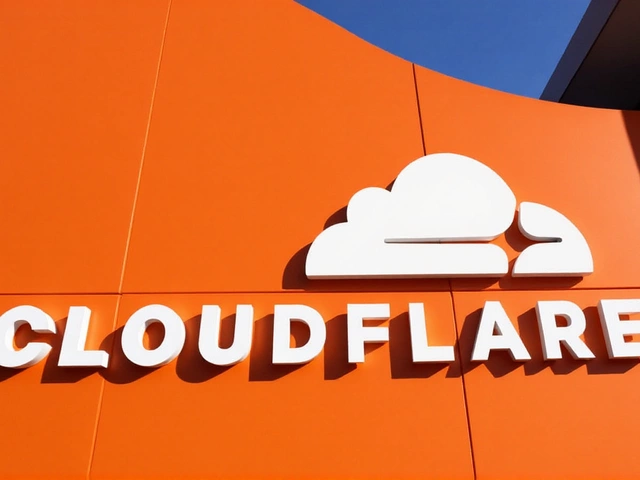Google Gemini tops US App Store as Nano Banana image editor fuels surge

Gemini hits No. 1 on the App Store
For the first time, Google Gemini has grabbed the top spot on Apple’s Top Free Apps chart in the US, nudging OpenAI’s ChatGPT into second place and leaving Meta’s Threads at No. 3. It’s a clear signal: the AI assistant race on phones now runs through image editing, not just chat.
The breakout feature is a whimsically named image model, Nano Banana, which has gone viral for one reason: it keeps characters looking like themselves across edits. That’s been a stubborn problem for most AI image tools. In the two weeks after launch—from August 26 to September 9—Gemini pulled in 23 million new users, and Nano Banana powered more than 500 million image edits. Those are not vanity numbers; they point to daily utility, not just a weekend fad.
Google set simple guardrails on usage to keep things moving without melting the servers. Free users get up to 100 generated or edited images a day. Paid plans, starting at $19.99 per month, lift that to as many as 1,000 daily images. It’s an obvious conversion funnel: try the tool, hit the cap, pay if you rely on it.
The climb isn’t just an American story. Gemini sits at No. 2 on the App Store in Canada and the UK, which tells you the momentum is broad, not just a U.S. social-media spike. It’s also Google’s first time topping Apple’s chart with its AI assistant, a list historically dominated by ChatGPT and, more recently, DeepSeek during its brief surges.
Zoom out and Google already has a dense footprint on iOS: Search is No. 6, Maps No. 8, Chrome No. 13, and Gmail No. 21. Gemini’s win doesn’t replace those staples; it complements them—another on-ramp into Google’s ecosystem on Apple’s turf.

Why ‘Nano Banana’ broke through—and what it means for the AI race
What makes Nano Banana land so hard with users? It solves a very specific pain point. Creators can upload multiple photos of the same person or product, then remix them into new scenes, transfer styles, and tweak results through conversational prompts—without the subject morphing into a different face every third image. Style-transfer and identity consistency used to be a game of luck; now they’re closer to a workflow.
That matters for people who make things at pace—cosplayers looking to generate themed shoots, indie brands spinning up product variations, influencers testing content styles, even regular folks making family portraits or travel visuals. When results are predictable, people build habits. When they build habits, charts move.
The name helps too. “Nano Banana” has meme energy—short, sticky, a little goofy. It’s tailor-made for short-form videos that show before-and-after edits. That social loop is likely doing as much work as app-store optimization right now.
Gemini isn’t just an image playground. Google keeps adding features that make it feel more like a daily assistant: live voice translation for on-the-go conversations and language coaching tools that nudge you to practice instead of just passively listen. The broader play is obvious—make Gemini useful across more moments in your day so it isn’t just a weekend novelty.
There’s also a business angle to the sudden spike. App Store rankings tend to reflect download momentum. Sustaining a No. 1 spot requires retention, and retention usually follows real utility or strong social loops. The daily image caps are a classic freemium lever—just high enough for casuals, just tight enough to push heavy users into subscriptions. With image generation being compute-heavy, a paid tier also makes the economics less punishing for Google as usage scales.
What about the competition? ChatGPT still owns mindshare in conversational AI, and it benefits from a large base of returning users. But the current download wave proves people will switch—at least temporarily—when a feature hits a nerve. DeepSeek’s recent burst showed the same thing. The difference here is that Gemini’s momentum is coming from a clear, repeatable use case with a built-in sharing loop.
The next test is durability. Can Google keep the feed stocked with fresh editing capabilities—better background control, finer style mixing, smarter object handling—without breaking what people already like about Nano Banana’s consistency? And can it do it while keeping outputs safe and within platform guidelines? Users care about creative freedom; platforms care about misuse. Balancing both is the job.
If you’re wondering why Google is leaning so hard into image features in an assistant app, look at where the growth is on mobile: visuals. Photos, short videos, and memes travel faster than long text exchanges. An assistant that can create assets people want to share instantly is more likely to get opened tomorrow.
At a glance, here’s what changed the leaderboard this week:
- US App Store Top Free: Gemini No. 1; ChatGPT No. 2; Threads No. 3.
- Canada and UK: Gemini sits at No. 2.
- Adoption pace: 23 million new users (Aug 26–Sep 9).
- Feature traction: 500 million images edited with Nano Banana over the same period.
- Usage tiers: 100 daily image edits free; up to 1,000 on paid plans (from $19.99/month).
- Google’s iOS footprint: Search (No. 6), Maps (No. 8), Chrome (No. 13), Gmail (No. 21).
The bottom line for the industry: image-native assistants are here, and they’re influencing the app economy in real time. If downloads translate into daily use and paid conversions, we’ll be talking less about which model is smarter in the abstract and more about which one helps you make something worth sharing, fast.
- September 16, 2025
- Darius Beaumont
- 0 Comments
- Permalink




